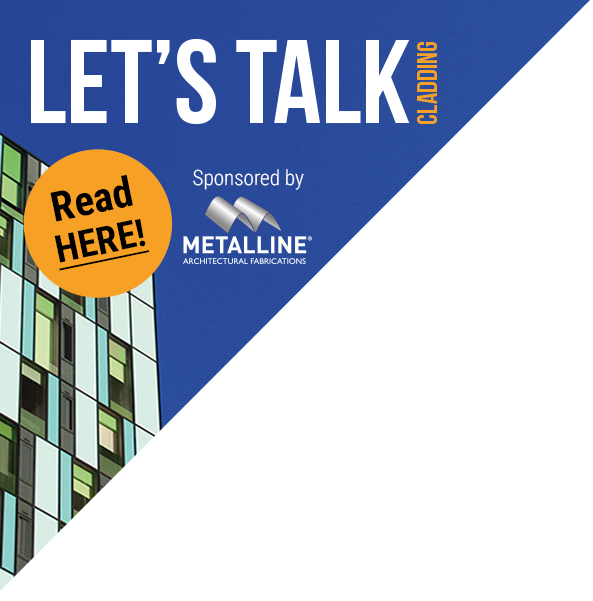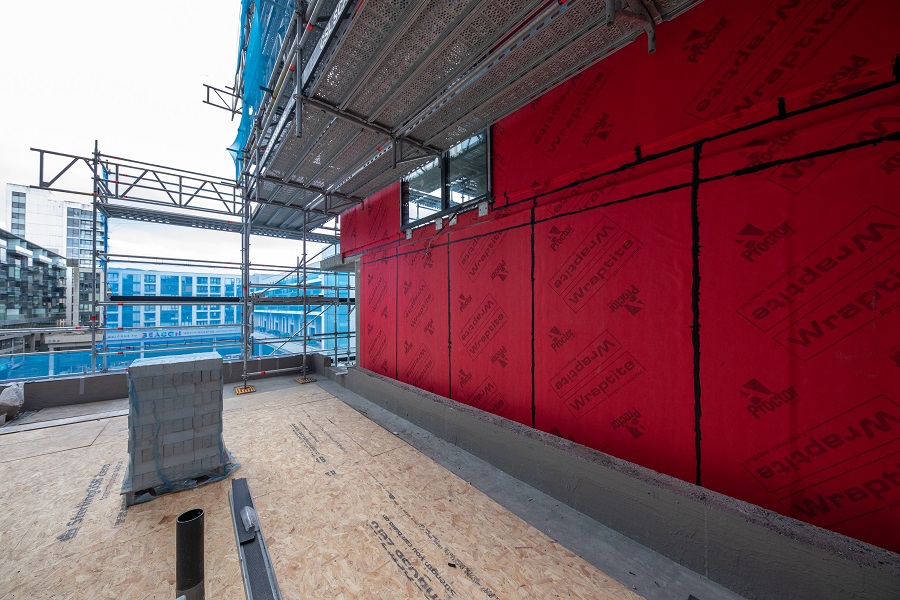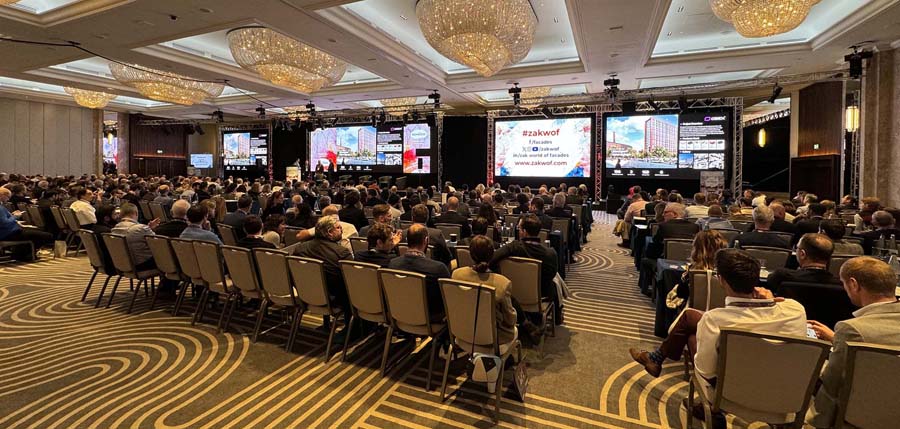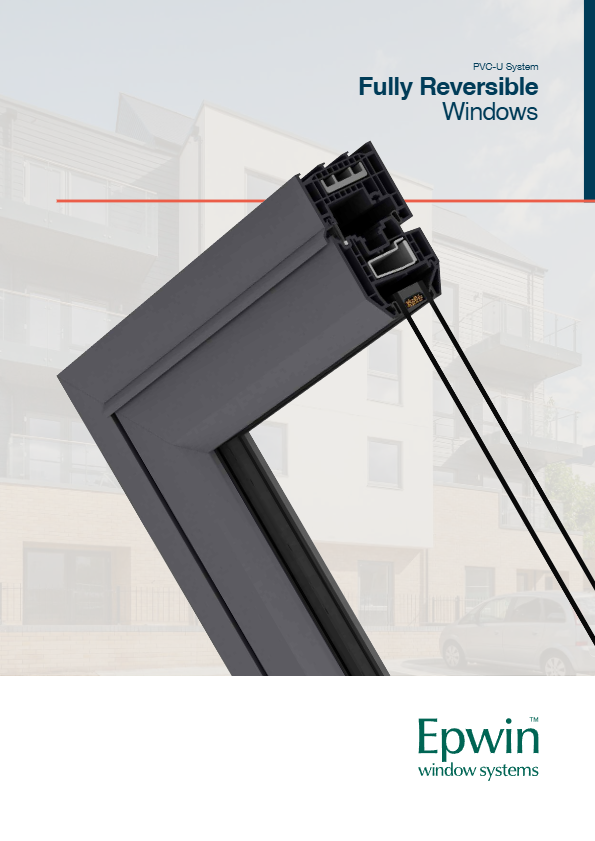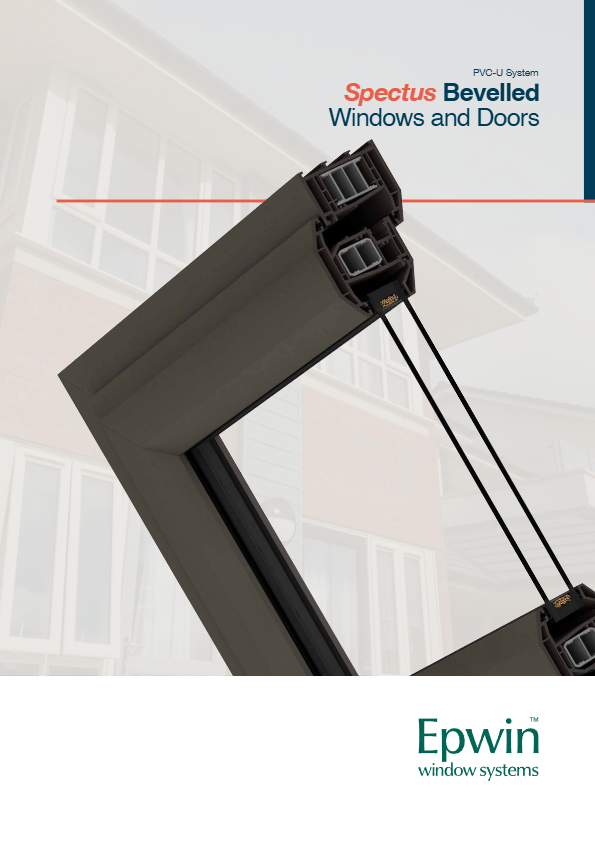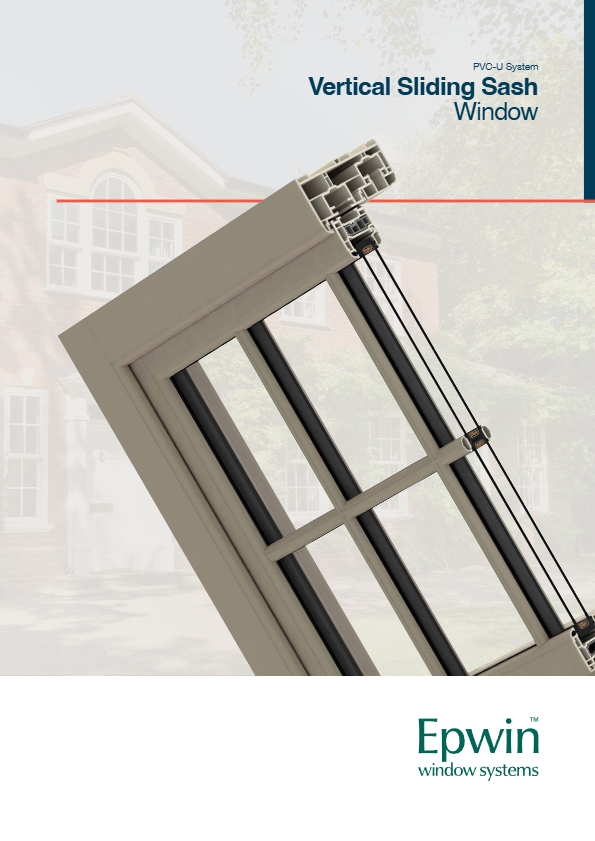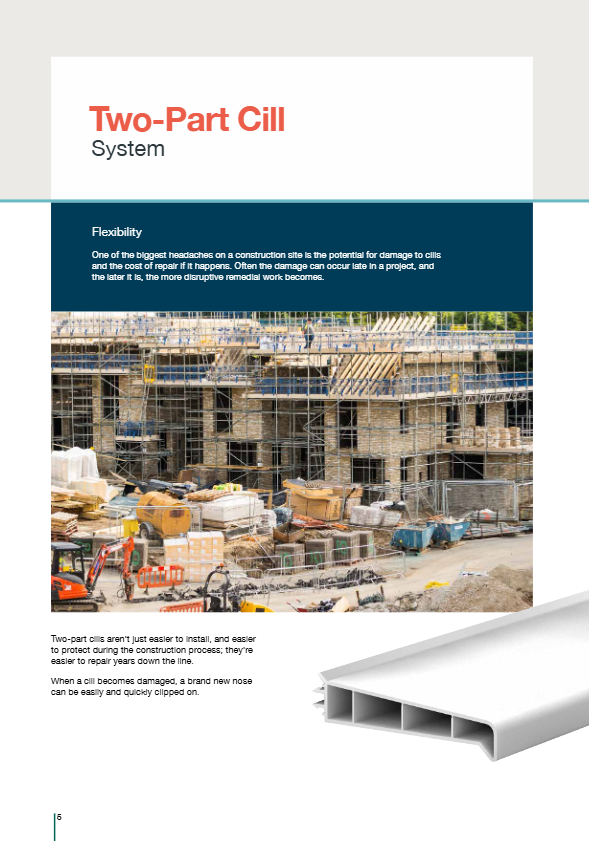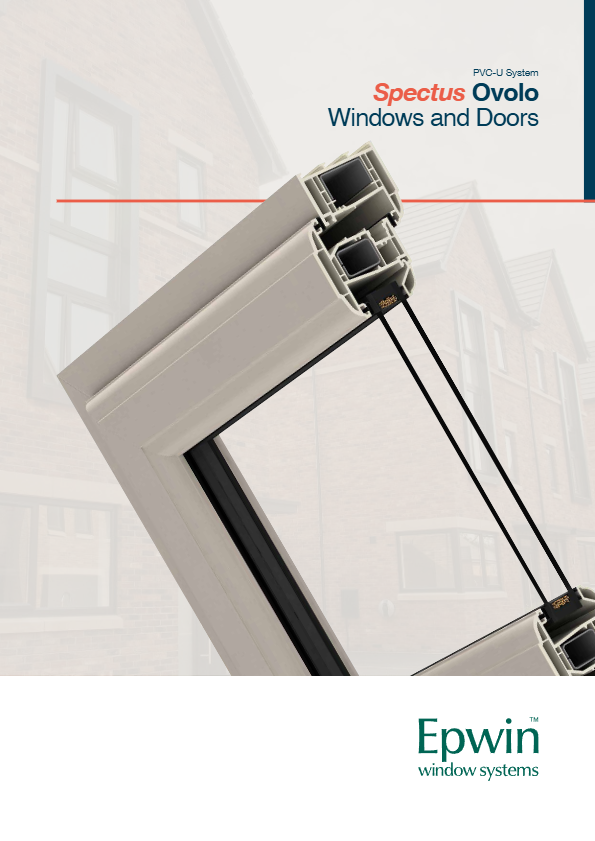The UK is, on some measures, one of the most geographically unequal countries in the developed world, and governments – of all political colours – have sought to address regional inequalities since at least the 1930s.
This featured heavily in the Conservative party’s 2019 election manifesto, which committed the party to ‘levelling up’ the UK.
In February 2022, the government released its Levelling Up White Paper, setting 12 ‘missions’ to improve the UK’s performance and reduce geographic inequalities in living standards, skills, health, well-being, crime and more. This is an admirably clear, ambitious and transparent account of that government’s approach to reducing regional inequalities. There is much careful work here that should inform a future government’s thinking about reducing geographic gaps.
A new report by IFS researchers, funded by abrdn Financial Fairness Trust and the Nuffield Foundation, assesses progress to date on these 12 missions.
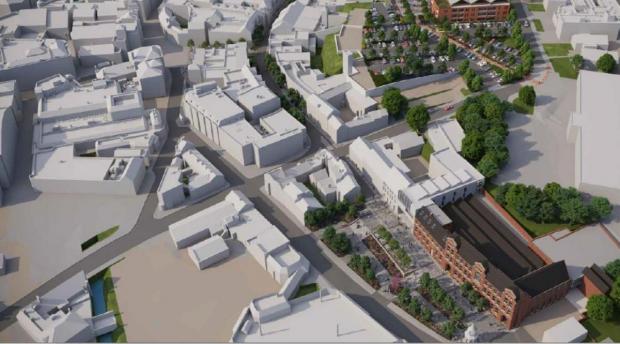
Overall, the report finds that progress towards these levelling up missions has been glacial – and, on many metrics, gaps have widened since 2019 while the country as a whole has gone into reverse.
- The share of pupils in England meeting the expected standards at the end of primary school has fallen from 65% in 2018–19 to 60% in June 2023, against a target of 90% by 2030. Only 10 English local authorities – all in London – have at least 70% of 11-year-olds meeting this target.
- The total number of further education and skills courses completed in England fell by 14% between 2018–19 and 2022–23. This has been driven by an almost 20% fall in completions in the lowest-skilled areas.
- Self-reported life satisfaction in the UK fell sharply during the pandemic, more than reversing a decade of progress. In 2022–23, life satisfaction was barely better than this pandemic-era low point. And average life satisfaction in the most satisfied tenth of areas was nearly a full point higher (on a scale of 1 to 10) than in the least satisfied tenth of areas. This is, by some distance, the widest this gap has been since data started to become available in 2011.
- There is a 21-percentage-point gap in the average employment rate between the best- and worst-performing tenth of local authority areas in the UK – the widest it has been since at least 2005.
- The share of journeys in England made by public transport had not yet recovered to pre-pandemic levels by 2022–23. The gap between the use of public transport in London (39% of journeys) and in the rest of England (7% of journeys) is at its second-widest level since 2002–03.
There were also a small number of bright spots:
- Digital connectivity has increased quickly: in just the nine months from April 2023 to January 2024, the share of premises outside London covered by 5G rose from 67% to 78%. If such rapid progress continues, the UK will be well on track to meet or exceed the stretching targets on digital connectivity.
- Since February 2022, there have been new devolution deals in the East Midlands, the North East, and York and North Yorkshire. This means that the share of England’s population living in areas with a directly elected mayor has risen from 41% in January 2023 to 48% in May this year.
In other areas, data are more limited and progress is not yet evident.
Given performance so far, meeting the ambitious levelling up targets set out for 2030 would likely require both substantial resources and changes in how they are allocated around the country. The main parties’ manifestos give little sense of how much they propose to spend on health, education and other public services, but existing plans likely imply cuts to at least some areas of spending. And some pledges, such as ruling out council tax revaluation and reform, make levelling up harder rather than easier.
Christine Farquharson, an Associate Director at IFS and an author of the report, said: “The February 2022 Levelling Up White Paper was a substantial piece of careful thinking about the challenges of reducing regional inequalities in the UK, and should heavily inform the thinking of any future government interested in reducing inequalities between places. But on many of the metrics that the White Paper sets out, progress towards levelling up has been glacial. In key areas such as employment, primary school attainment and self-reported life satisfaction, the country’s overall performance has got worse even as gaps between areas have widened. Clearly, a pandemic and a cost-of-living crisis have made the last five years an exceptionally difficult time to level up. But if these missions are to be achieved by 2030 as intended, then the next parliament will be decisive.”
Mubin Haq, CEO of abrdn Financial Fairness Trust, said: “The regional inequalities in the UK are stark and on numerous measures there are wide disparities. Quite rightly, the government has tried to address these gaps through its levelling up agenda. However, this has not been matched with the resources to deliver the step change needed. On too many indicators, inequalities are growing or at a standstill.”
